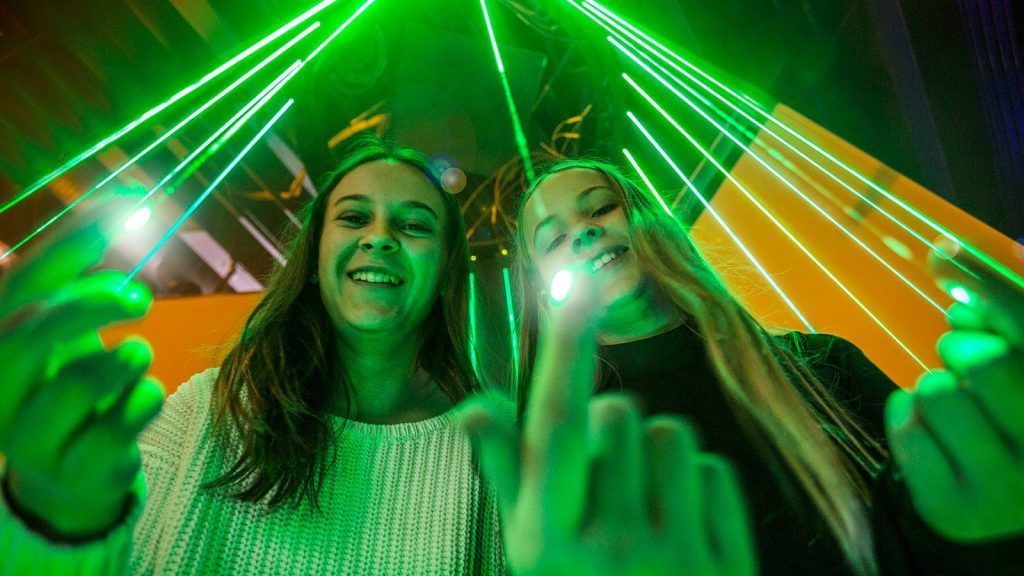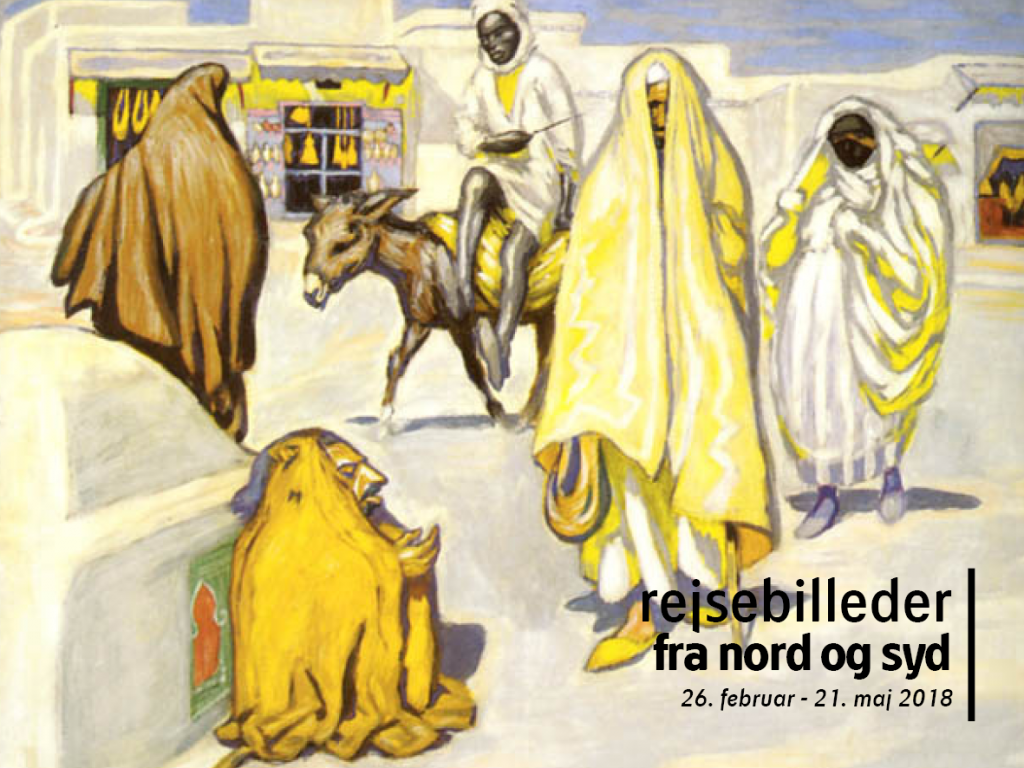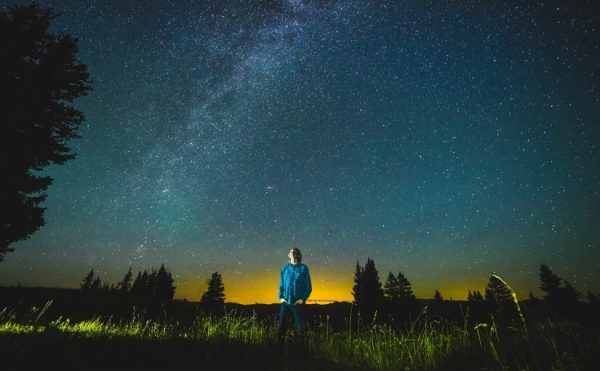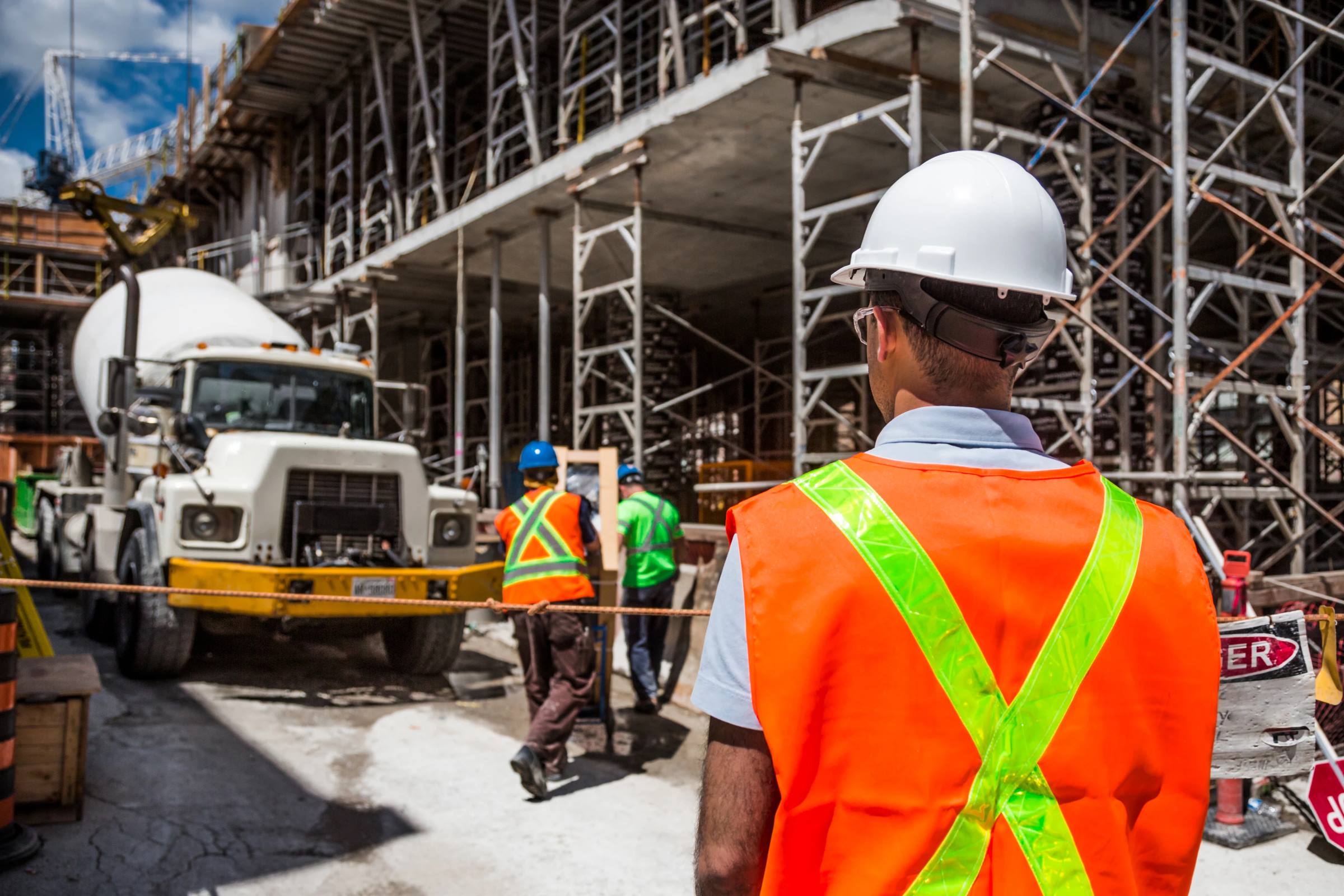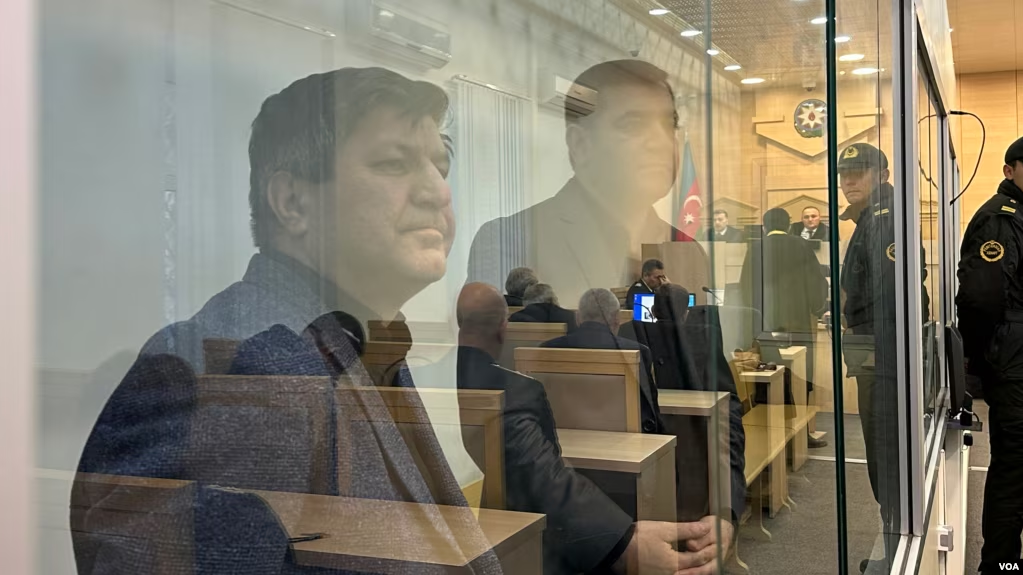Winter getting you down? You’re not alone.
As the season ploughs on with its grey and drizzly days, more and more people are getting the winter blues.
After all, the cold, dark, and gloomy weather’s lack of daylight can easily make you feel down and despondent.
Fortunately, Copenhagen Museums and Attractions is here to guide you with a handful of enlightening and delightful experiences that will surely lift your mood if you’re struggling with gloomy feelings during these dark days of winter.
The Labyrinth of Light
Experimentarium, Tuborg Havnevej 7, Hellerup; open 09:30 most days, until 17:00 Fri-Wed, until 20:00 on Thu; over-12s: 195kr, under-12s: 115kr; experimentarium.dk
Light fascinates and surprises. Some light can create the most beautiful, glimmering colours that are reflected in surfaces. And where there is light, there is often a shadow – perhaps even several. In The Labyrinth of Light at the Experimentarium in Hellerup, you can experience and experiment with the many fascinating properties of light. In the labyrinth you can play tunes on the laser harp, examine the colourless room and try moving faster than your own shadow. Everyone will learn something from visiting The Labyrinth of Light, but the exhibition is primarily targeted at families with children aged 8-14.
Willumsen’s vitalism
JF Willumsens Museum, Jenriksvej 4, Frederikssund; open Tue-Sun 10:00-17:00, closed Mon; over-18s: 65kr, under-18s: free adm; jfwillumsensmuseum.dk
The renowned Danish painter JF Willumsen (1863-1958) is famous for his vibrant use of colour and light. Throughout his life Willumsen sought inspiration for his work abroad, and pictures from his travels testify to a fascination with the life of the streets and public places, the strong light of the South, and Alpine landscapes. From March 3-May 21 at the museum the exhibition Pictures from Travels in North and South follows Willumsen’s travel itineraries and takes the visitor to Norway, Switzerland, France, Italy, Spain and Tunisia – among other destinations. At the exhibition you can also experience Dark Matter’s virtual-reality work ‘Qualia’, which forms the setting for a journey into a virtual version of Willumsen’s mountain landscapes.
Starry, starry night
Kroppedal Museum, Kroppedals Allé 3, Taastrup; open Tue-Sun 12:00-16:00, closed Mon; free adm, star walks 50kr for over-18s, 25kr for under-18s; kroppedal.dk
Kroppedal Museum in Vestskoven (the Western Forest) links the past with the present, providing an experience that will leave you starry eyed – quite literally. The museum describes both the ancient and more recent history of the Vestegn (the western suburbs of Copenhagen) along with the history of Danish astronomy and especially the world-renowned Danish astronomer Ole Rømer. In walking distance from the museum you can also see the remains of Rømer’s fascinating observatory. During the winter Kroppedal Museum invites you for night walks in Vestskoven to look at the stars and other fascinating phenomena of the sky together with the Copenhagen Astronomy Society. The next star walk is on March 7 from 19:30-21:00.
Enlighten me
Medical Museion, Bredgade 62, Cph K; open Tue-Fri 10:00-16:00, Sat-Sun 12:00-16:00 closed Mon; over-16s: 75kr, under-16s, students & OAPs: 50kr; museion.ku.dk
The 18th century notion of the Enlightenment emphasised the emancipation of human consciousness from ignorance and error, particularly by means of mathematics, medicine and the physical sciences. The fascinating and enlightening exhibition The Body Collected at the Medical Museion presents for the first time a large selection of historical collections of human remains from the 18th century to the modern day in order to showcase the history of how medicine examines the body and how far we have come medically. The human body has been increasingly collected for medical research and teaching purposes over the last few centuries, and body parts have been prepared, preserved and conserved. The collections have however switched focus as our understanding of health and disease has improved, and as a consequence of technological advances.
For more inspiration from the museums, visit Copenhagen Museums & Attractions at cphmuseums.com

